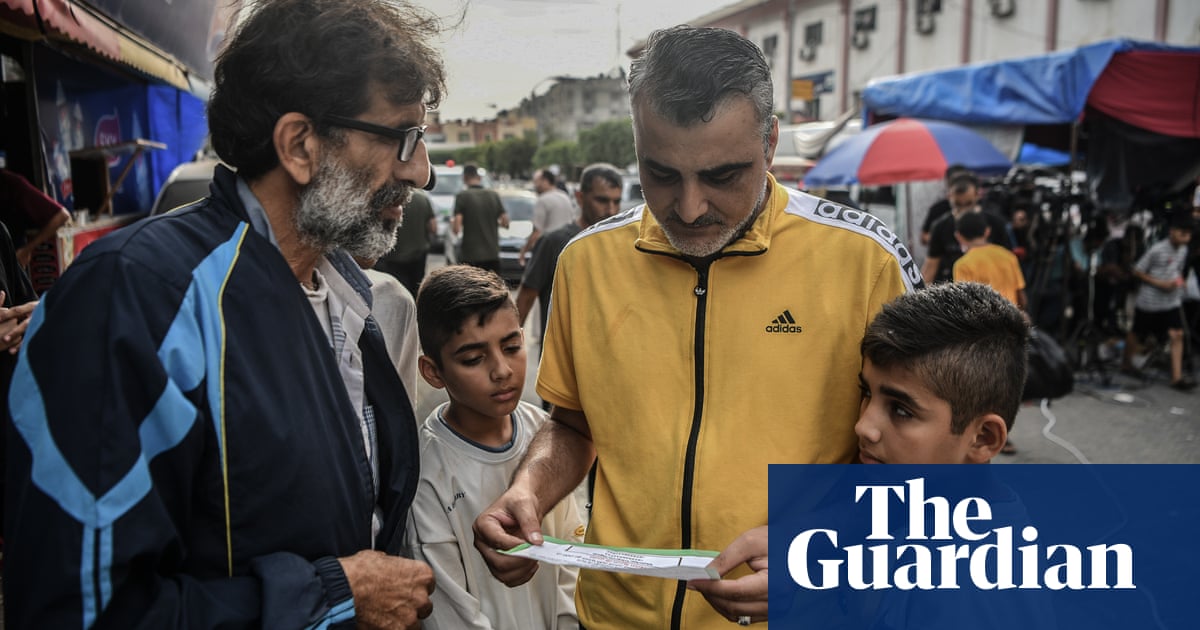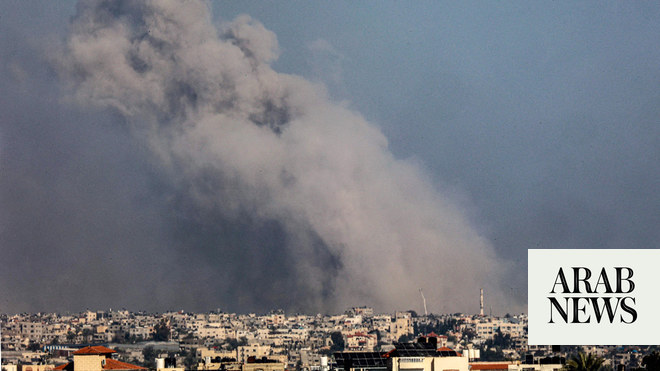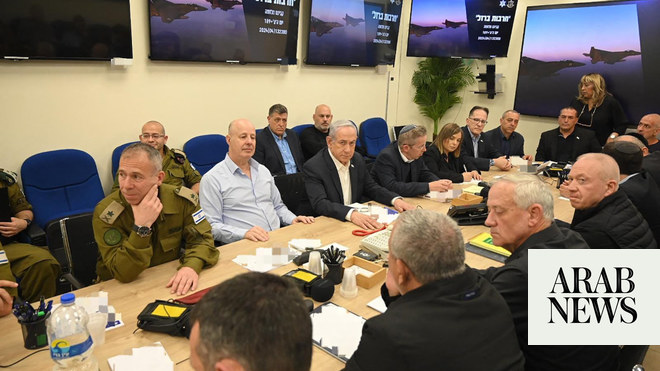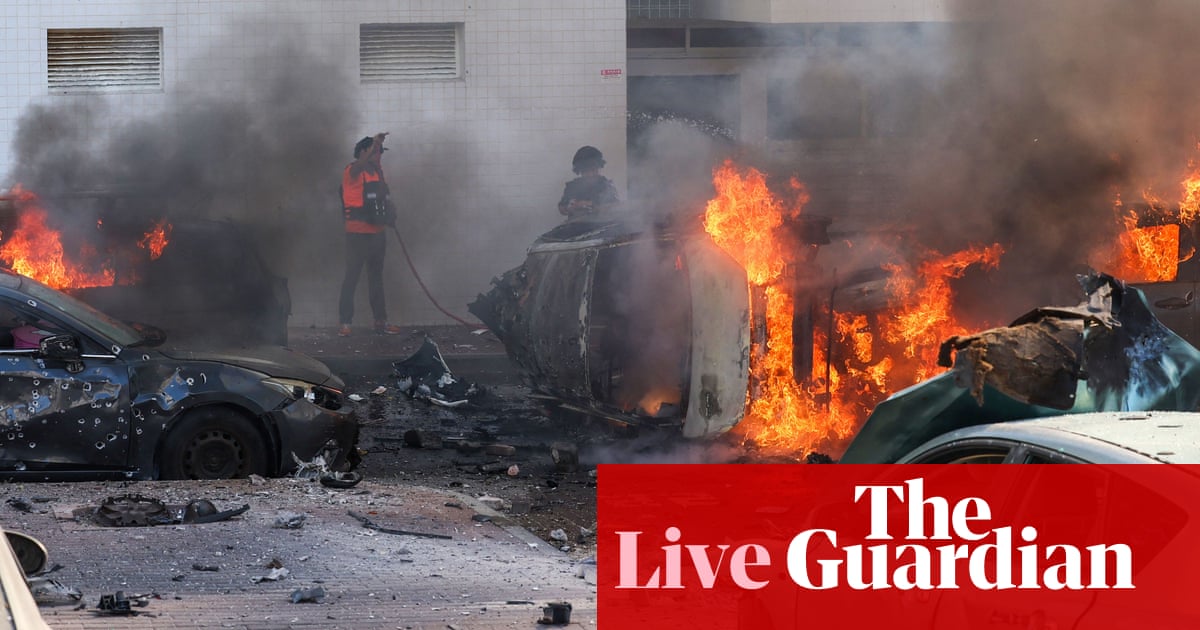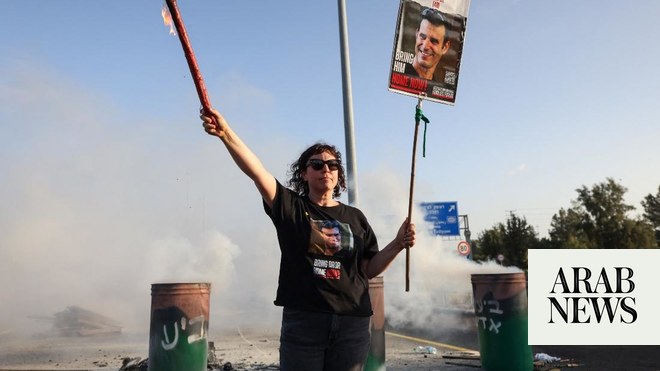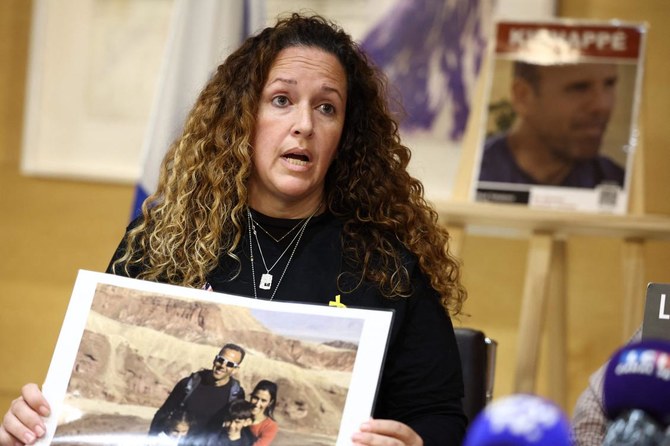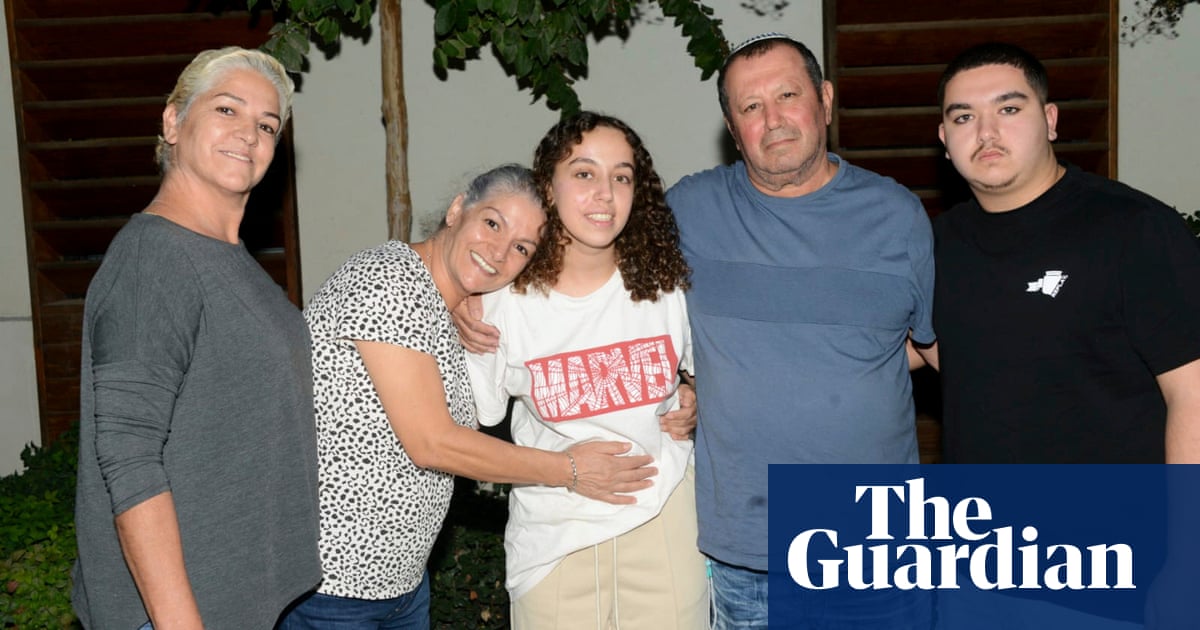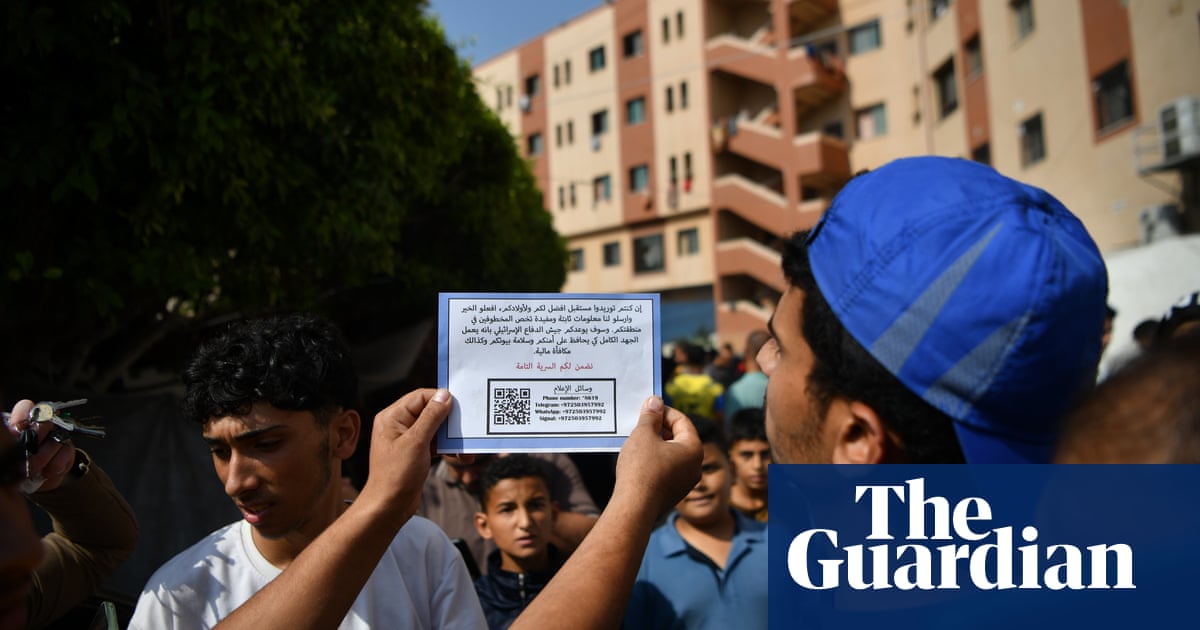
Israel’s military has dropped leaflets in Gaza, offering protection and a reward to Palestinians who contact them with information about hostages held by Hamas, in its latest effort to free more than 200 people seized during the terrorist attacks that killed 1,400 people on 7 October.
The move underlines the difficulties facing the Israeli government as it tries to reconcile its stated aim to “crush Hamas” with saving the lives of as many hostages as possible.
So far, four female hostages have been released after negotiations brokered by Qatar, which is also believed to be trying to reach a deal in which 50 more dual nationals held by Hamas would be released.
The Israeli military is using surveillance, special forces raids and interrogation of captured members of Hamas to draw up a picture of where the captives – including infants, children and elderly civilians as well male and female soldiers – are being held.
The leaflets will complement this effort but also seek to sow uncertainty among Hamas supporters about who might have accepted the Israeli offer. Many were torn up immediately by residents in Gaza, witnesses reported.
“If your will is to live in peace and to have a better future for your children, do the humanitarian deed immediately and share verified and valuable information about hostages being held in your area,” the military said in the leaflet, which offered security “for you and your home” as well as a reward for any informants.
But the ruined urban environment in Gaza, the presence of large numbers of civilians, a lack of clear intelligence and the scattered underground locations in which hostages are thought to be held would combine to thwart any military operation, experts told the Guardian.
One of the two hostages released on Monday, 85-year-old Yocheved Lifshitz, told reporters in Tel Aviv that she had been hit with a stick as she was carried away from her home in a kibbutz close to Gaza and led through “a spider’s web” of tunnels under Gaza to an underground chamber where she and other hostages were treated “gently”.
Her testimony confirmed the challenges of any effort to rescue the remaining hostages.
Israeli forces are massed near the border with the Gaza Strip, awaiting orders for an expected ground invasion intended to free the hostages and wipe out Hamas.
A sustained air offensive and shelling has killed more than 5,700 people in Gaza, according to the health ministry in the territory, which Hamas has governed since 2007.
Israeli officials have said their campaign, alongside the almost total restriction of the supply of fuel, food and other basic necessities, is aimed at pressuring Hamas to release the captives.
Speaking at the United Nations on Tuesday, Antony Blinken, the US secretary of state, called on Hamas “to release hostages immediately and unconditionally”.
Blinken also said Palestinian civilians “must be protected”.
“That means Hamas must cease using them as human shields … and Israel must take precautions. It means food, water, medicine must be able to flow into Gaza and to the people who need it. Civilians must be able to get out of harm’s way,” he said.
Hamas have sought to clarify the reasons for the hostage-taking with a series of media statements in recent days.
Officials have said the captives could be exchanged for some or even all of the thousands of Palestinians in prisons in Israel.
Khaled Meshaal, a prominent Hamas leader, told Sky News, that the hostages would be freed if Israel stopped bombing Gaza.
“Let them stop this aggression and you will find the mediators like Qatar and Egypt and some Arab countries and others will find a way to have them released and we’ll send them to their homes,” he said.
“We want to stop the random bombardments, the total destruction, the genocide, so that the [Hamas] soldiers can take them from their places and hand them to the Red Cross or whoever.”
Analysts said there was a battle under way for global public opinion.
“Hamas are trying to eclipse some of the horrors from a couple of weeks ago. They are trying to create a perception of hope and to get some international pressure to prevent Israel invading Gaza,” said Christopher O’Leary, an expert with the Soufan Group and former director of hostage rescue and recovery for the US government.
Bilal Saab, an analyst at Chatham House in London, said taking civilian hostages had always been “front and centre” of the Hamas strategy.
“Even before their attacks, they knew they need to bring back as many as possible. They knew exactly what holding hostages can do when you are negotiating with your enemy … Theoretically, the IDF can do anything and everything to massively degrade and disarm Hamas. Except they can’t because of the hostages,” Bilal said.
It is not clear that all the captives in Gaza are held by Hamas, which is listed as a terrorist organisation by the US and several other western countries. Some are thought to be held by other extremist groups and possibly criminal gangs.
The number of dual nationals among the hostages makes the crisis even more complicated. As well as the US citizens still unaccounted for, there are also 17 Thais among the hostages, and eight Germans. Seven French citizens are still classified as missing, and some of them are believed to be hostages too.
The UK prime minister’s office has revised the number of British nationals known to have been caught up in the Hamas attack to 12 people killed, and five held hostage.
A British psychotherapist whose elderly mother is being held by Hamas has said the recent release Lifshitz gives him “some hope” for the future. Noam Sagi’s 75-year-old mother, Ada, was taken hostage after the militant group entered the Nir Oz kibbutz near the border with Gaza on 7 October.
“It is a paradoxical situation; we are speaking about crimes against humanity but we are expecting humanity to prevail.”
Israel has long experience of dealing with hostage crises, but has never previously attempted rescue operations in the densely populated Gaza Strip. In 2011, Netanyahu released 1,027 Palestinian prisoners to secure the release of army sergeant Gilad Shalit, who was held in Gaza for more than five years.
Some of the freed Palestinians returned to the ranks of Hamas, including its current leader in Gaza, Yahya Sinwar.
If the aim is to definitively eliminate Hamas as a military threat, as Israeli officials have repeatedly stated, then they will be keen to avoid releasing any senior Hamas figures from jail.
“Politically speaking, it is very difficult for any Israeli government … to agree to concessions to a group they have just sworn to wipe out,” said Saab.




